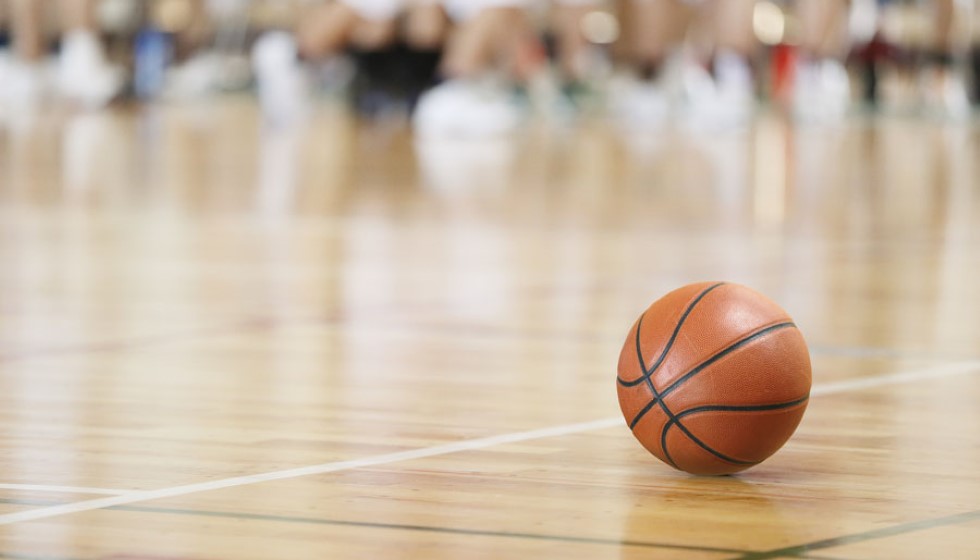
In a surprising twist this NBA season, LeBron James, one of the league’s most celebrated players, is grappling with a perplexing slump from beyond the arc. Over the past four games, LeBron has missed 19 consecutive three-point attempts, a stretch that finds him perilously close to RJ Barrett's record of 21 consecutive misses. This shooting drought has become a pivotal issue for the Los Angeles Lakers, compelling them to reassess their broader strategy.
The Current Struggles
In a recent contest against the Minnesota Timberwolves, the Lakers succumbed with a lopsided loss of 109-80, underscored by LeBron’s ongoing long-range shooting woes. The NBA superstar went 0-for-4 from three-point range and managed only 4-of-12 on two-point attempts, resulting in a modest 10-point performance. Despite these challenges, LeBron maintained his incredible streak of scoring double digits in 1,243 consecutive games, a testament to his enduring prowess on the court.
Historical Context and Averages
Throughout his illustrious career, LeBron has been a consistent scoring threat. Last season, he made 41% of his three-point attempts, a respectable percentage for any player. However, this season tells a different story. Over the first 21 games, LeBron is averaging 22 points per game, only slightly above his rookie average of 20.9 points per game. Notably, this season has already seen instances against Phoenix and Oklahoma City where LeBron scored as few as 11 and 12 points respectively, echoing similar low-scoring games from the previous season.
Team Dynamics Without LeBron
Interestingly, the Lakers' performance without LeBron on the floor has been noteworthy. The team has outscored their opponents by an impressive 15.9 points per 100 possessions in his absence, raising questions about how their offensive and defensive dynamics shift without their star player. While it highlights the depth and potential cohesion among their ranks, it also draws attention to the strategic adaptations required when LeBron is leading the charge.
Fast-Break Efficiency
LeBron remains a formidable force in transition play, ranking eighth in the NBA with 4.3 fast-break points per game this season. This is a dip from previous years, where he averaged 5.1 fast-break points last season and 6.2 the year before. His points per possession in transition place him in the middle of the pack, ranking in the 54th percentile. Despite these shifting numbers, his ability to push the pace and create opportunities on the break continues to be a crucial component of the Lakers' offensive strategy.
Efficiency on Drives and Restricted Area
Another area of slight decline is LeBron’s efficiency on drives and within the restricted area. He is converting 52.9% of his field goal attempts off drives, a noticeable decrease from 59.8% last season. Additionally, his shooting within the restricted area has dipped from 73.3% to 67.9% this season. These figures illustrate a subtle, yet significant, change in LeBron’s execution near the basket, an aspect that has historically been one of his strengths.
The Path Forward
As LeBron navigates these challenges, the focus turns to how he and the Lakers will adjust their approach. LeBron’s initial intent to play all 82 games this season underscores his commitment, but it also highlights the physical and strategic demands placed on a player of his calibre. With profound attention on his shooting slump, both LeBron and the Lakers are undoubtedly working hard to address these areas of concern as they aim to bolster their standing in a competitive league.
The journey of an elite athlete navigating a rare struggle is marked by resilience and recalibration. For LeBron James, known for his consistent excellence, the current season presents an opportunity to redefine and refine his game, ensuring his continued impact on the court remains significant and transformative.